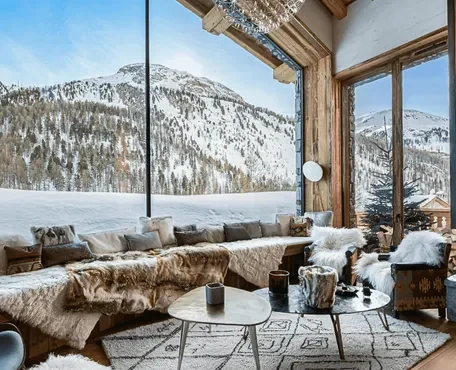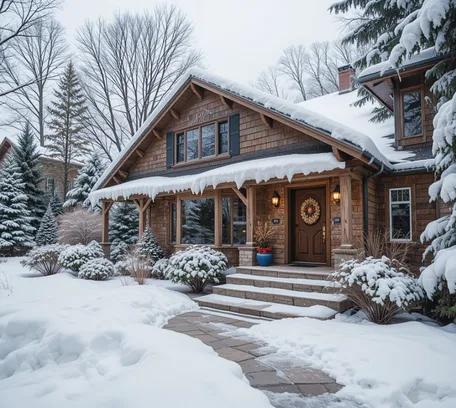
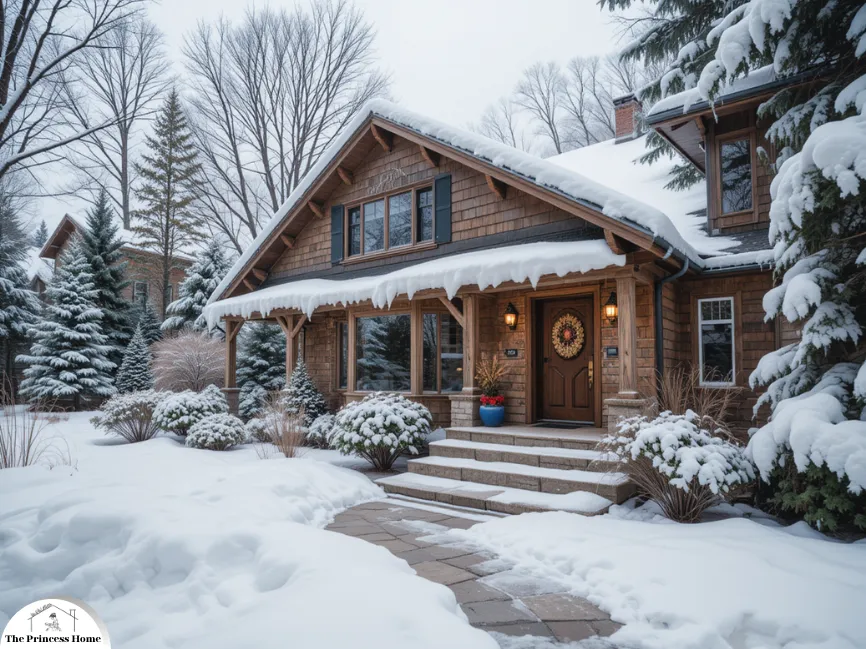
Winterize House for the Winter: A Comprehensive Guide
As the colder months approach, it’s essential to prepare your home for the challenges of winter. Winterizing your house ensures it remains comfortable, energy-efficient, and protected against potential damage caused by freezing temperatures, snow, and ice.
Here’s a detailed checklist of tasks to help you winterize your home effectively.
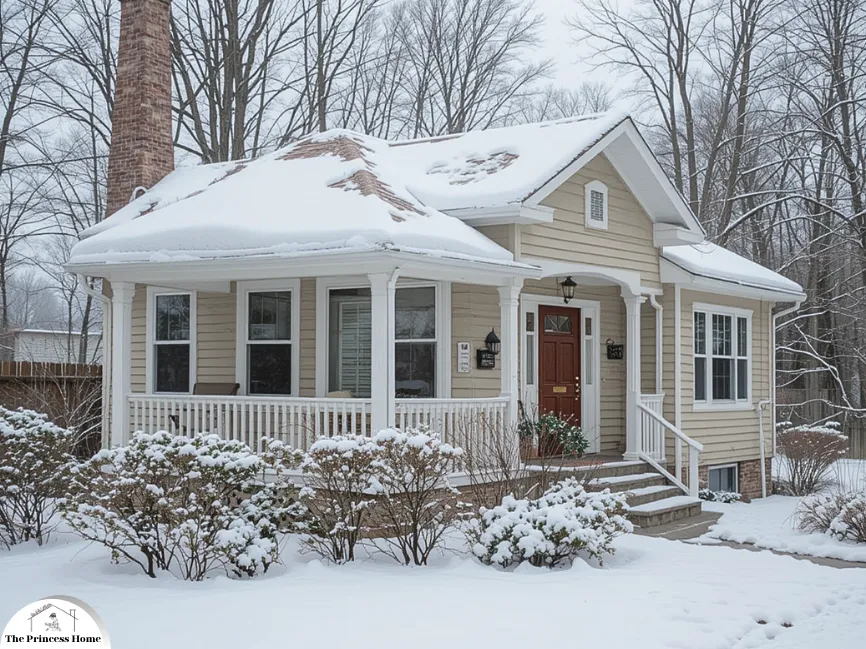
1. Inspect & Seal Your Home’s Exterior
Inspecting and sealing your home’s exterior improves energy efficiency, prevents water damage, and protects against pests. It helps maintain structural integrity and curb appeal. Regular sealing ensures your home stays safe and efficient year-round.
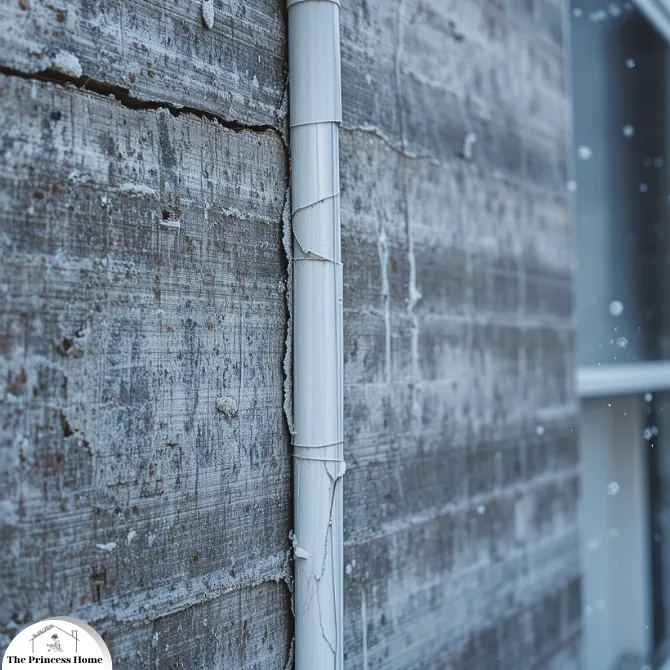
Check for Gaps &Cracks
Walk around your home and inspect the foundation, walls, and roof for cracks, gaps, or holes. Seal these with caulk or weatherproof sealant to prevent cold air and moisture from entering. Pay special attention to areas where utilities enter the home, as these are common places for air leaks.
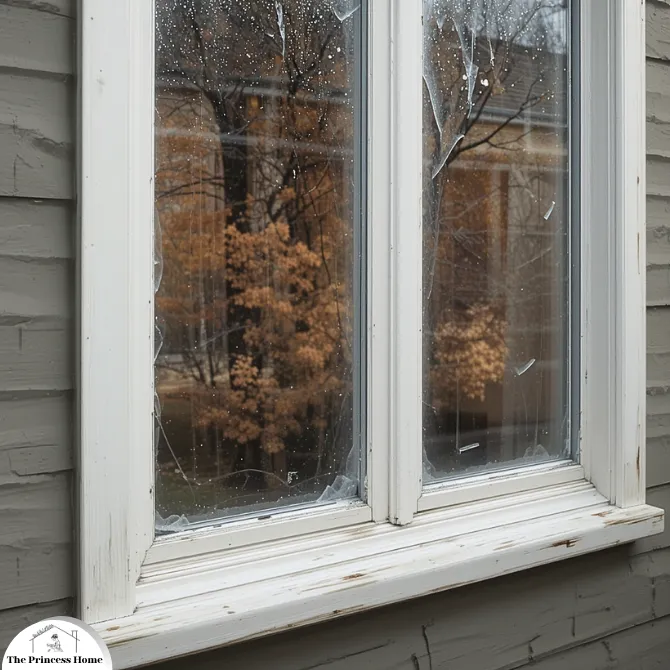
Inspect Windows &Doors
Replace or repair damaged weatherstripping to create a tight seal. Install draft stoppers at the base of doors to block cold air from seeping in. Consider applying heat-shrink plastic window film or installing storm windows for additional insulation. Check for condensation or frost between double-pane windows, which can indicate a broken seal.
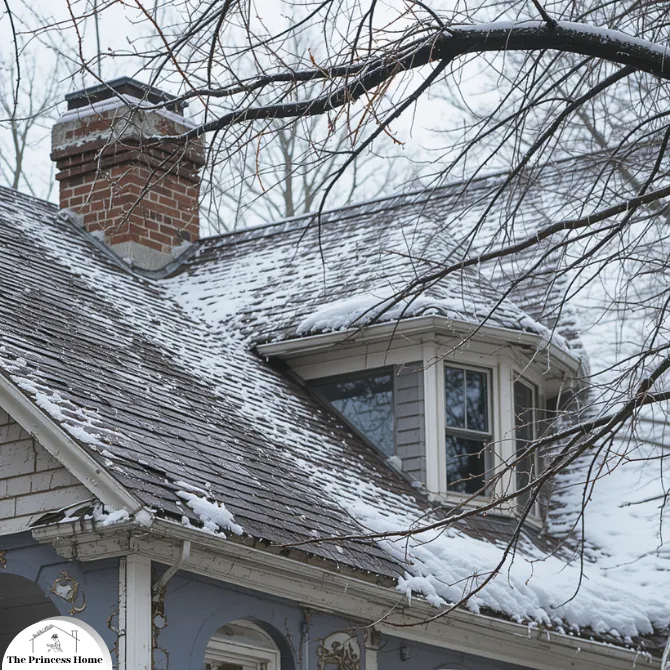
Clean Gutters &Downspouts
Remove leaves, twigs, and debris to prevent clogs that could lead to ice dams and water damage. Ensure downspouts extend at least three feet away from the foundation to direct water safely away from your home. Consider installing gutter guards to minimize future maintenance.
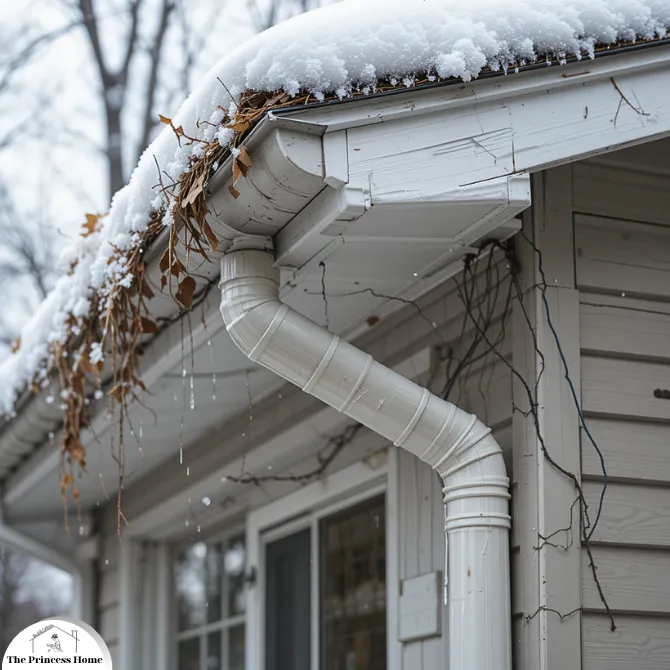
Inspect the Roof
Check for missing, curled, or damaged shingles and repair them promptly to avoid leaks. Ensure flashing around chimneys, skylights, and vents is intact to prevent water penetration. Trim overhanging branches near the roof to reduce the risk of damage from falling limbs or accumulated snow.
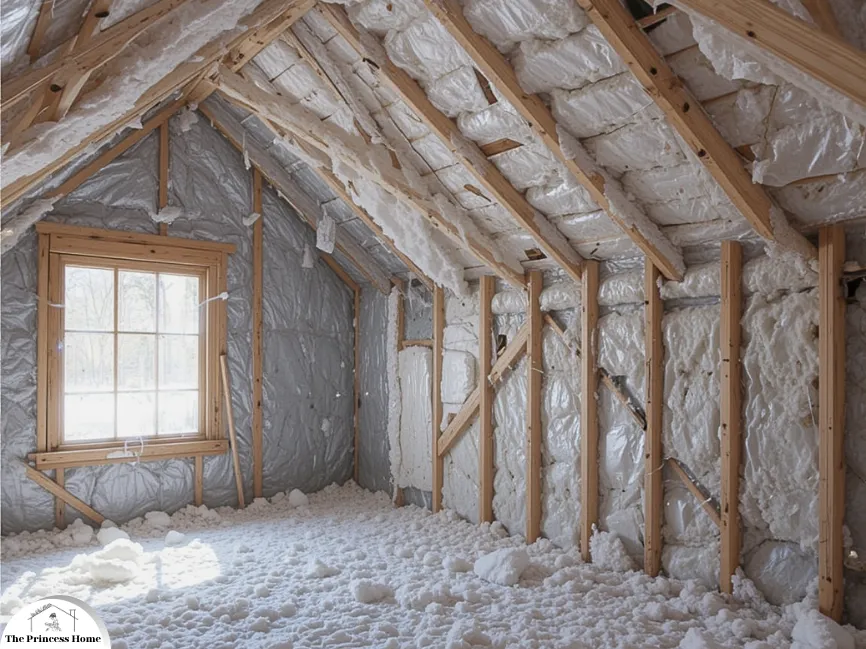
2. Enhance Your Home’s Insulation
Enhancing your home’s insulation boosts energy efficiency, keeps your home comfortable year-round, and lowers heating and cooling costs. Focus on areas like the attic, walls, and floors to improve thermal performance. Proper insulation also reduces noise and prevents drafts.
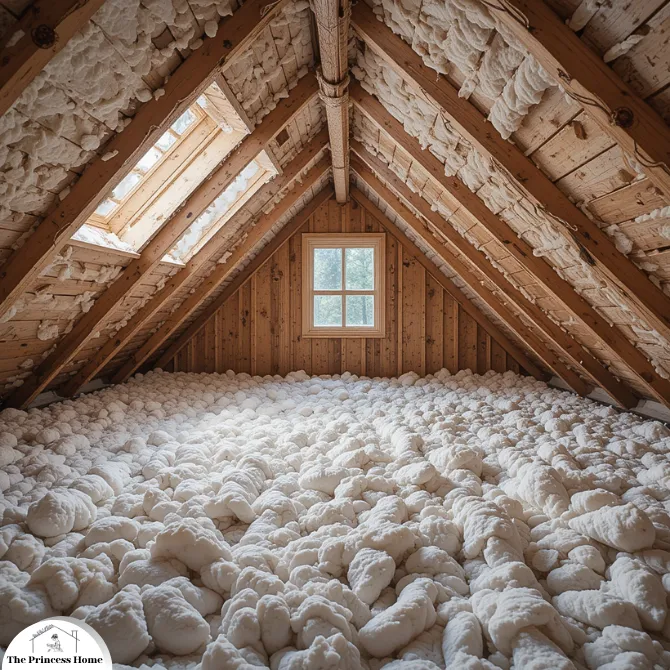
Attic Insulation
Ensure your attic has at least 12-15 inches of insulation to minimize heat loss. Adding blown-in or batt insulation can significantly reduce heating costs. Check for and seal any air leaks in the attic floor, especially around vents, light fixtures, and chimneys.
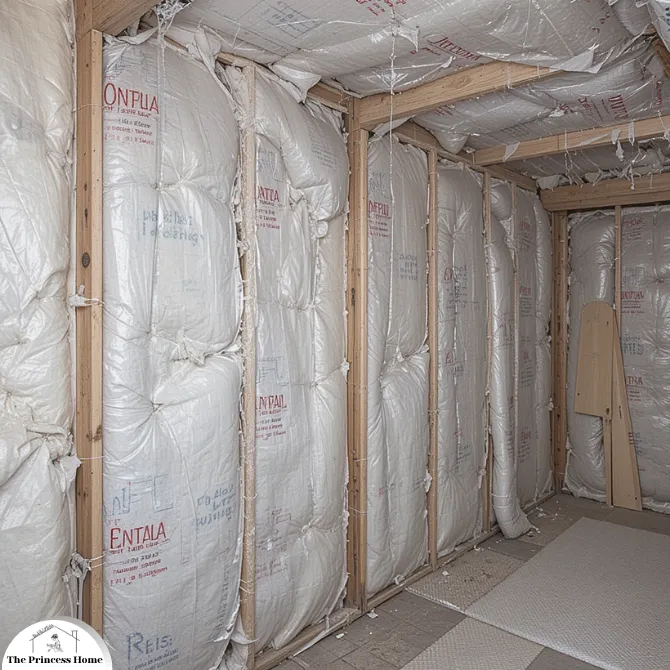
Wall &Floor Insulation
Insulate walls and floors, particularly in basements and crawl spaces, to reduce drafts and heat loss. Use foam or fiberglass insulation in areas prone to freezing temperatures. Install radiant barrier insulation if your home experiences significant heat loss through the roof.

Seal Ductwork
Inspect and seal any leaks in ductwork with foil tape or mastic sealant to improve heating efficiency. Consider adding insulation to ducts in unheated areas like attics or crawl spaces.
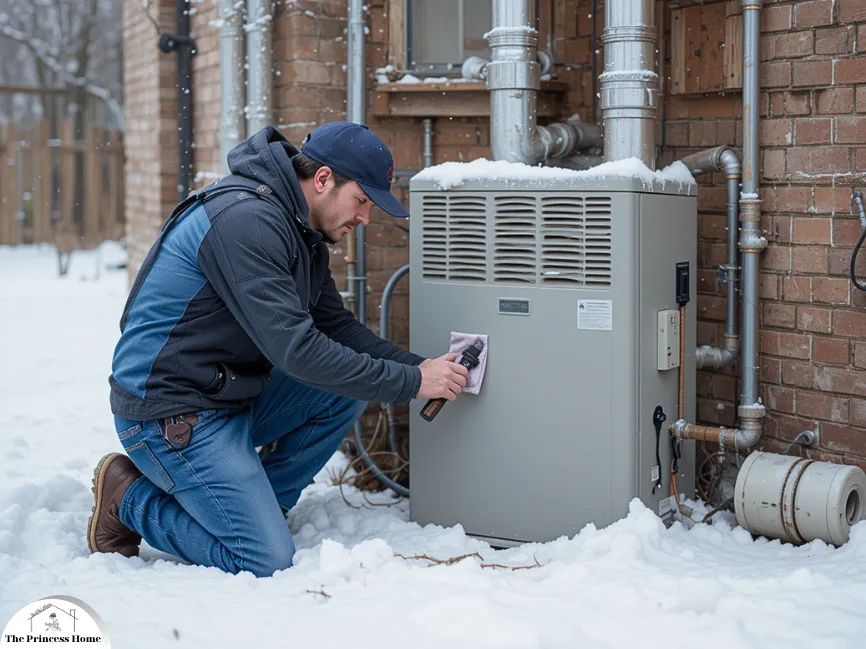
3. Prepare Your Heating System
Preparing your heating system ensures it runs efficiently and prevents breakdowns during colder months. Clean or replace filters, check for leaks, and schedule a professional inspection. Regular maintenance extends the system’s lifespan and improves performance.
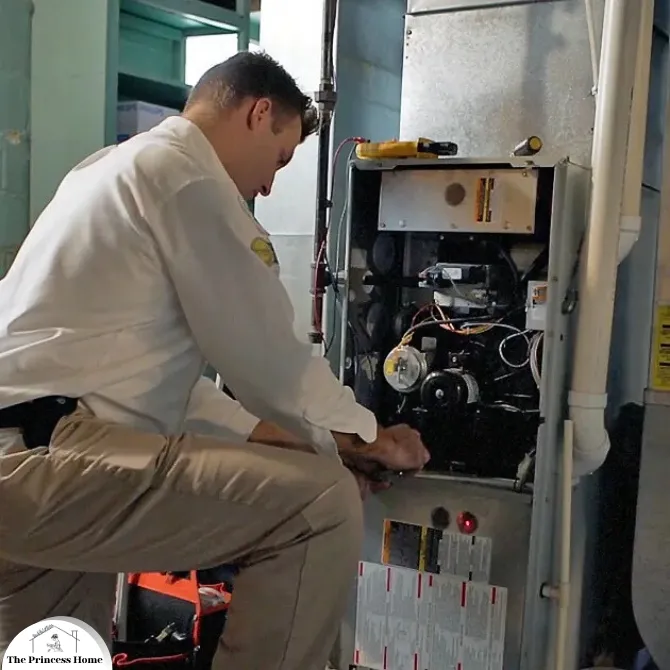
Furnace Maintenance
Schedule a professional inspection and cleaning for your furnace to ensure it’s operating efficiently and safely. Replace filters every 1-3 months during the heating season to maintain airflow and improve efficiency. Check for unusual noises or odors, which could indicate a problem with the furnace.
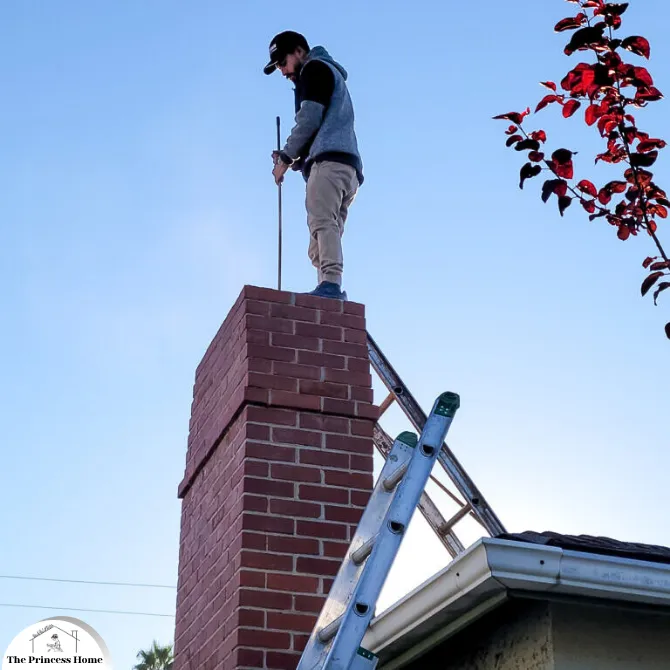
Chimney &Fireplace
Have your chimney inspected and cleaned by a professional to remove creosote buildup, which can cause chimney fires. Ensure the damper opens and closes properly to control airflow and heat retention. If you use a gas fireplace, inspect the ignition and pilot light for proper operation.
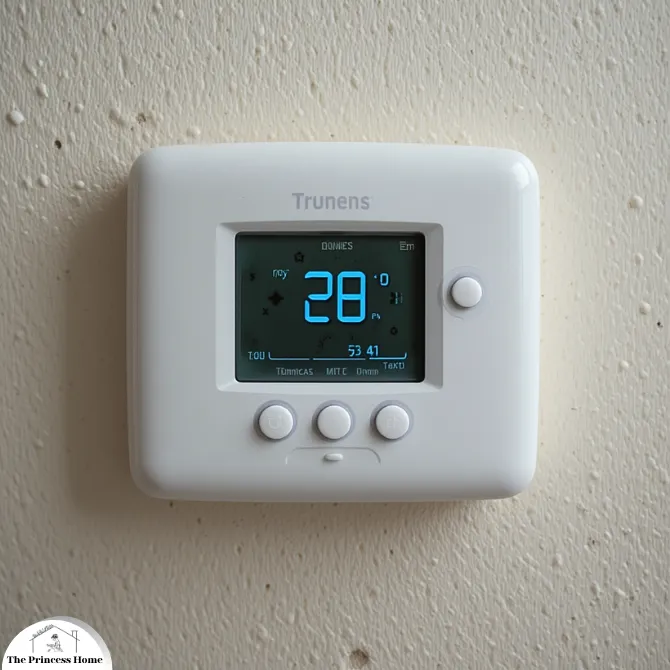
Test Thermostats &Heating Devices
Test your thermostat to ensure it’s functioning correctly and adjust settings as needed. Consider installing a programmable or smart thermostat to save energy by automatically adjusting temperatures based on your schedule. Inspect space heaters for frayed cords or other damage before use.
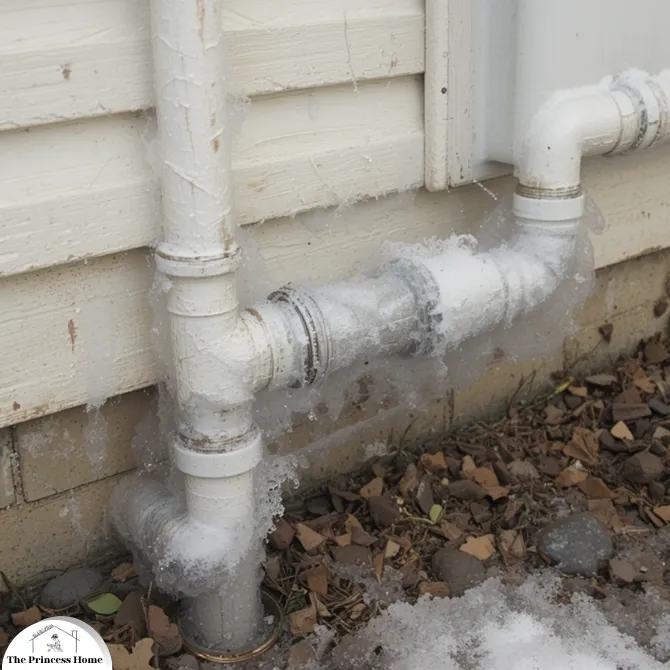
4. Winterize Plumbing
Winterizing your plumbing prevents pipes from freezing and bursting during cold weather. Insulate exposed pipes, disconnect outdoor hoses, and drain water from sprinkler systems. Consider applying pipe heat tape or installing foam covers for extra protection.
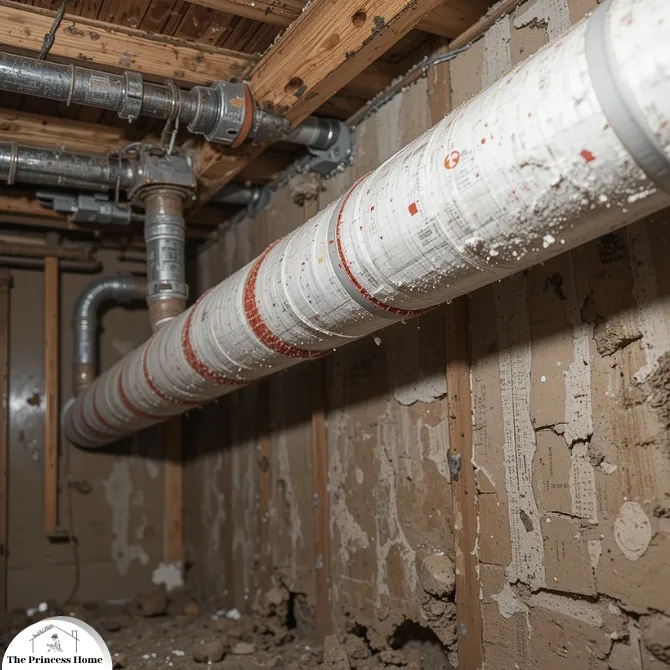
Insulate Pipes
Wrap pipes in unheated areas with foam insulation or heat tape to prevent freezing and bursting. Pay special attention to exposed pipes in basements, garages, and crawl spaces, as these areas are most vulnerable to freezing temperatures.
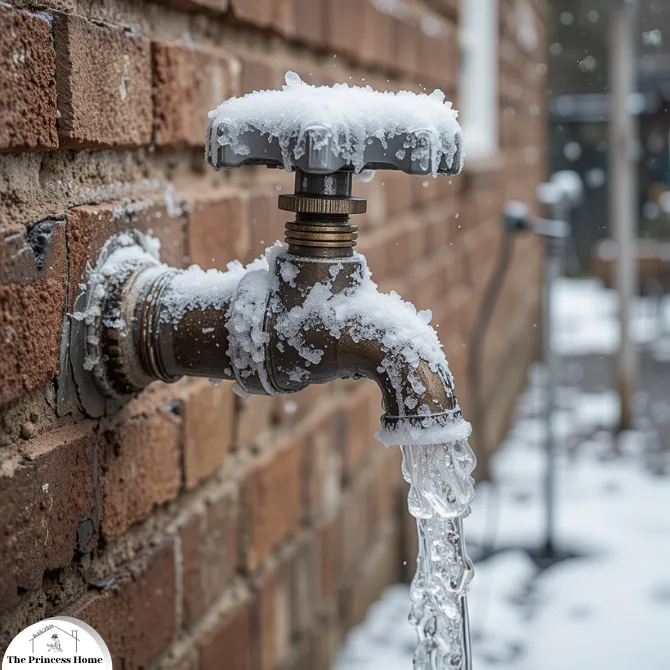
Drain Outdoor Water Systems
Shut off and drain outdoor faucets, garden hoses, and irrigation systems to prevent freezing and cracking. Use insulated covers on outdoor spigots for added protection.
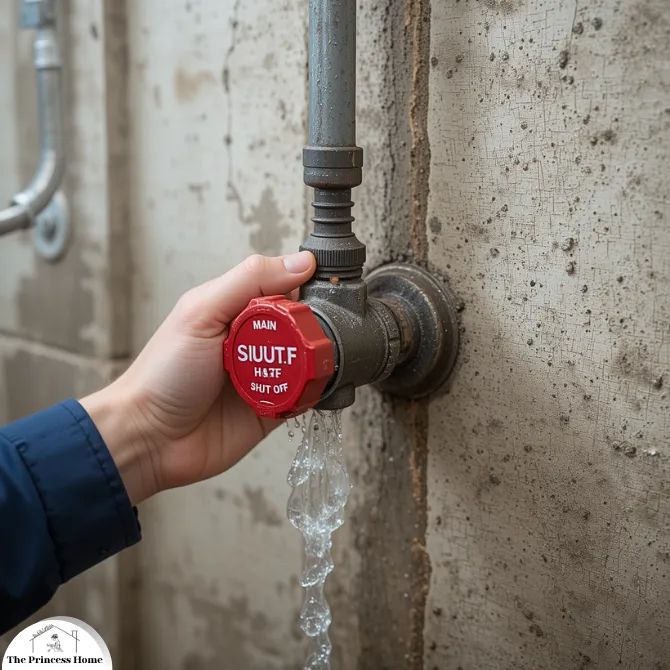
Know Your Water Shut-Off
Locate your home’s main water shut-off valve and ensure it’s accessible in case of a pipe burst. Consider installing a leak detection system to monitor for potential water damage.
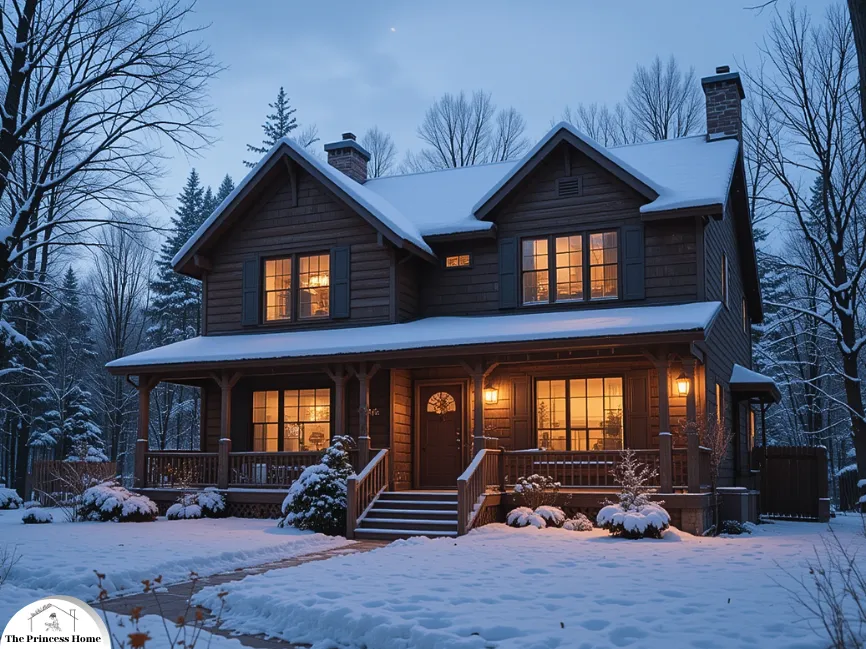
5. Optimize Energy Efficiency
Optimizing energy efficiency reduces utility costs and enhances comfort. Seal drafts, use programmable thermostats, and switch to energy-efficient lighting and appliances. Insulating your home and ensuring proper ventilation also improve overall efficiency.
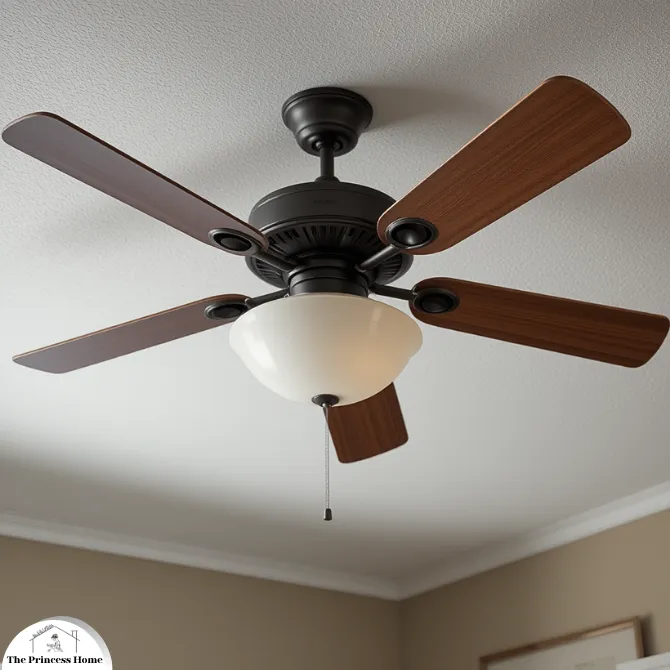
Reverse Ceiling Fans
Set ceiling fans to run clockwise at low speed during the winter. This pushes warm air near the ceiling down into living spaces, improving comfort and reducing heating costs.

Switch to Energy-Efficient Lighting
Replace incandescent bulbs with LED bulbs, which use less energy and last longer. Install dimmer switches or motion sensors to further reduce energy consumption.
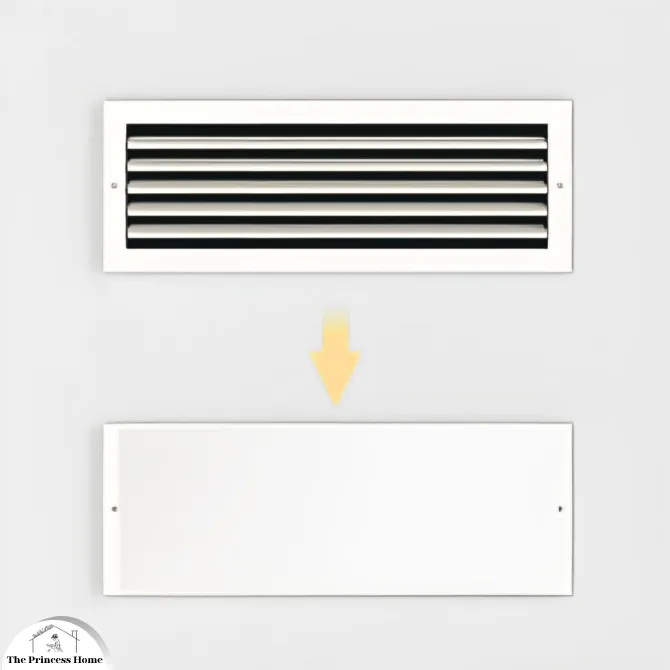
Seal Unused Rooms
Close vents and doors to rooms that are not frequently used to direct heat to occupied areas. Place draft stoppers at the base of doors leading to unused spaces to prevent heat loss.
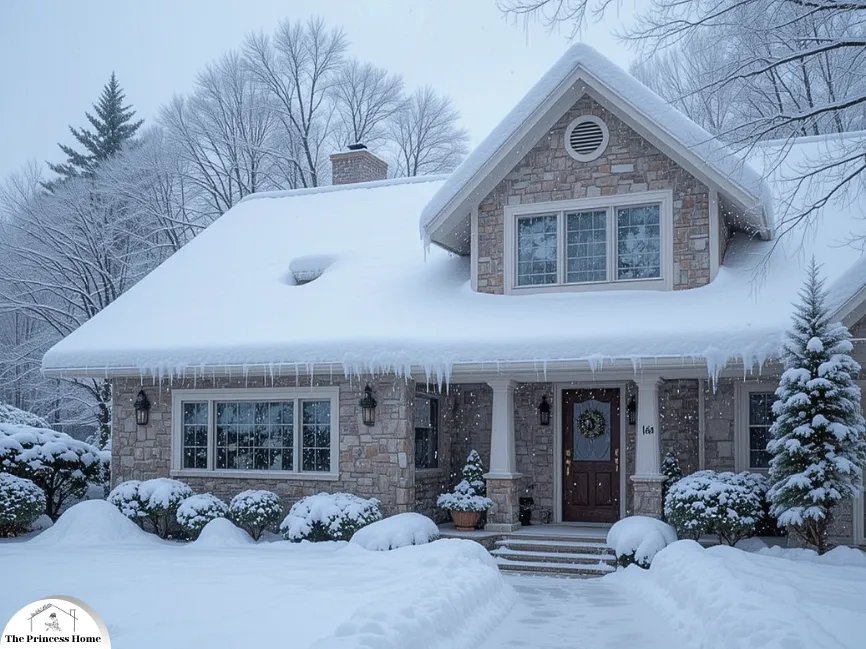
6. Prepare for Snow &Ice
Prepare for snow and ice by clearing gutters, checking the roof for potential ice dams, and salting driveways and walkways. Ensure snow removal equipment is in good condition and stock up on ice melt. Proper preparation helps prevent accidents and damage during winter storms.
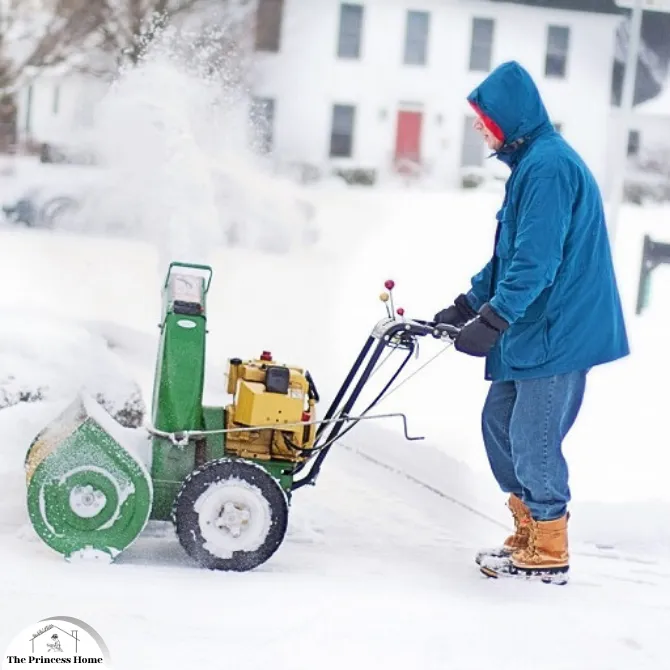
Stock Snow Removal Supplies
Ensure you have shovels, ice melt, and a snowblower (if applicable) ready for use. Apply ice melt to driveways and walkways before snowfalls to minimize ice buildup and improve traction. Consider investing in snow-melting mats for high-traffic areas.
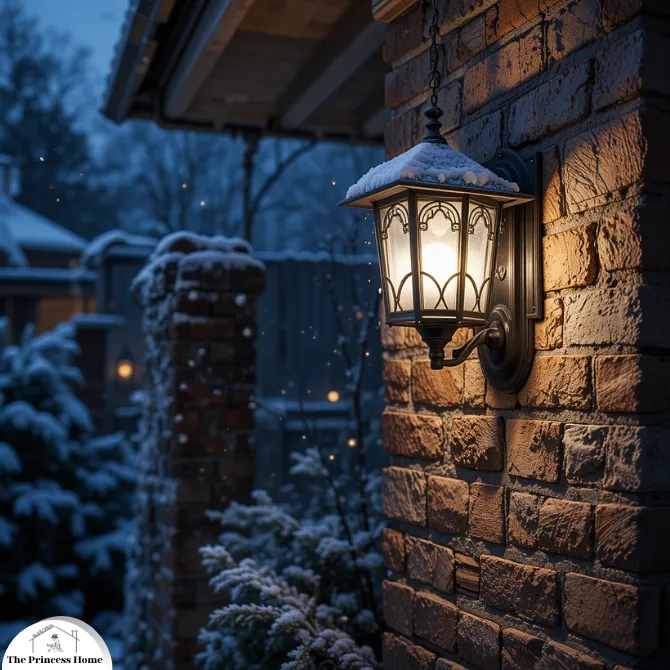
Inspect Outdoor Lighting
Ensure all outdoor lights are functioning properly to improve visibility during shorter days and snowy conditions. Use LED outdoor lights for energy efficiency and durability in cold temperatures.
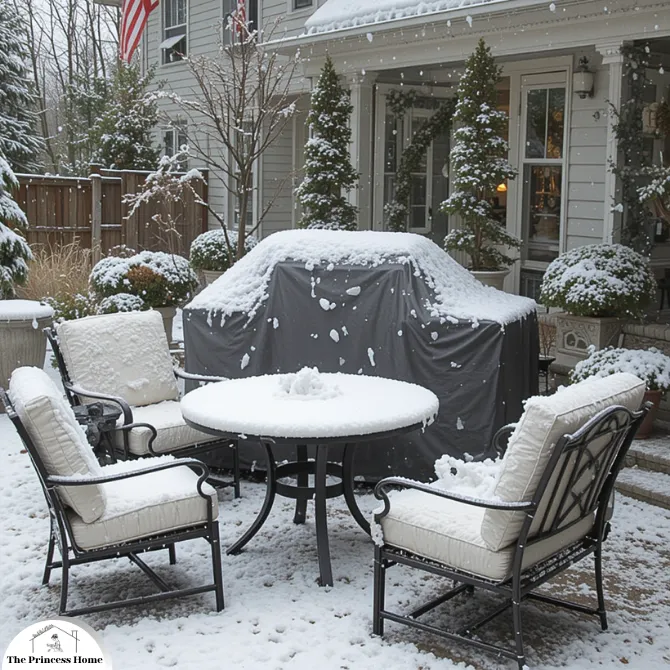
Protect Outdoor Furniture &Equipment
Cover or store patio furniture, grills, and other outdoor equipment to shield them from snow and ice damage. Use waterproof covers and store smaller items in a garage or shed.
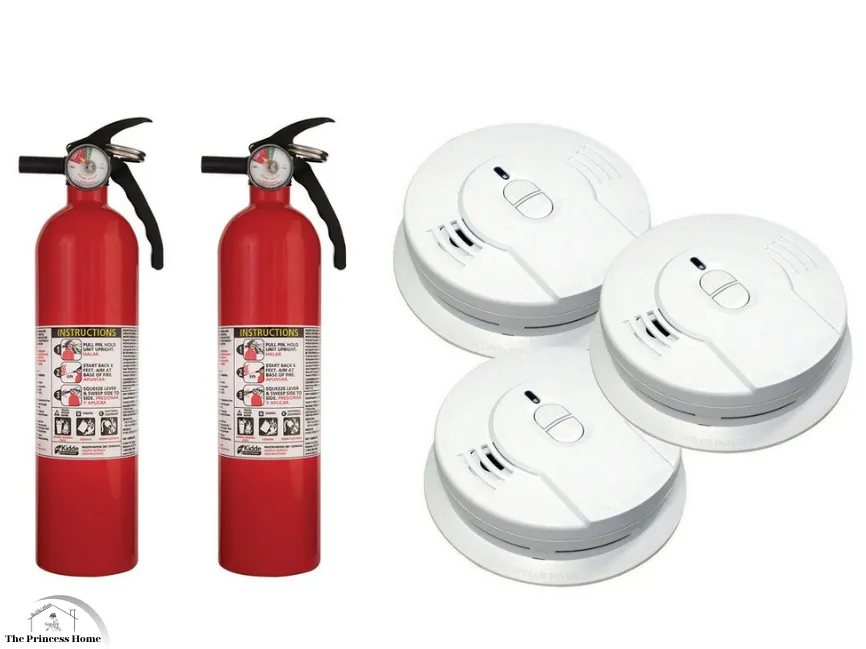
7. Check Safety Equipment
Check safety equipment like smoke detectors, carbon monoxide alarms, and fire extinguishers to ensure they are functioning properly. Replace batteries, test alarms, and inspect for expiration dates. Properly maintained safety equipment is crucial for protecting your home and family.
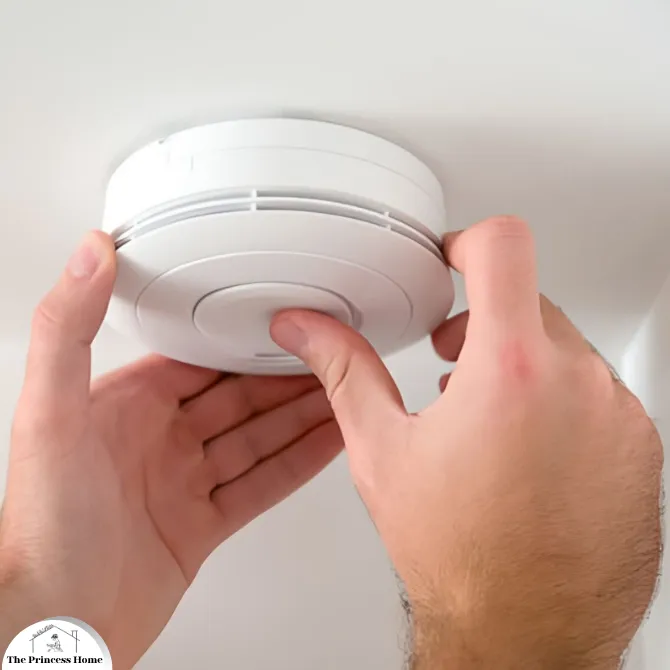
Smoke &Carbon Monoxide Detectors
Replace batteries in all smoke and carbon monoxide detectors and test them monthly to ensure they’re working properly. Install detectors on every level of your home and near sleeping areas.
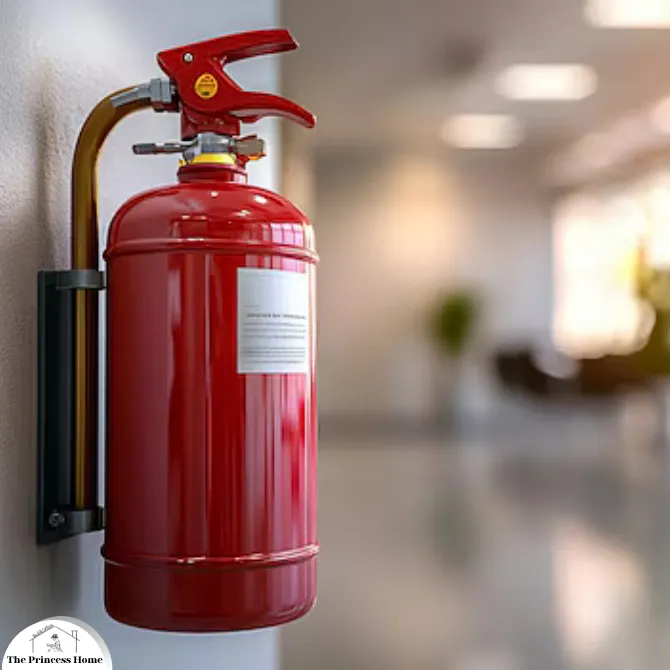
Fire Extinguishers
Ensure you have a working fire extinguisher on each level of your home, especially near the kitchen and fireplace. Check the expiration date and replace or recharge if necessary.
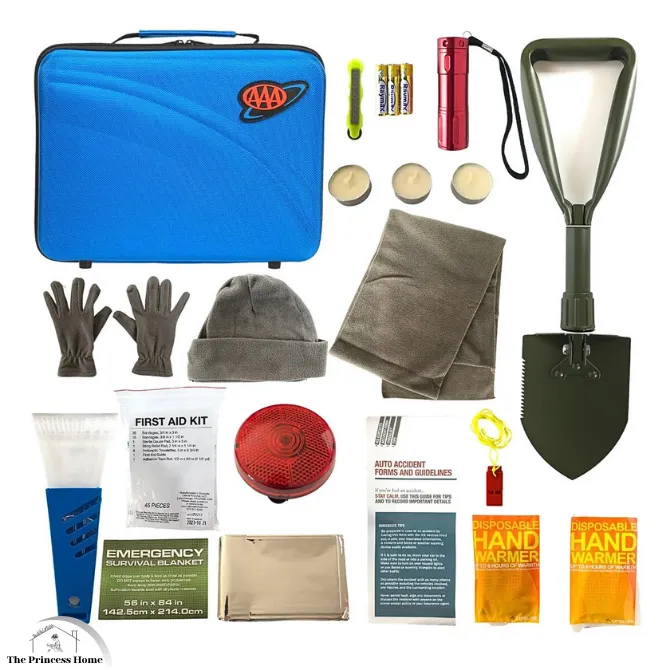
Emergency Kit
Prepare a winter emergency kit with essentials such as flashlights, batteries, blankets, and a first-aid kit. Include non-perishable food, bottled water, a portable phone charger, and a battery-powered weather radio. Add items like sand or kitty litter for traction, a small shovel, and hand warmers for your car kit.
Conclusion
By following these steps, you can ensure your home remains safe, warm, and energy-efficient throughout the winter season. A little preparation now can save you from costly repairs and discomfort during the colder months. Start early to enjoy a cozy and worry-free winter!
Q1: Why is insulation so important in keeping a house warm without heating?
A1: Insulation acts as a barrier against heat loss. In cold weather, the warm air inside your home naturally tries to escape to the colder outside. Insulation helps trap this warm air, preventing it from escaping and cold air from infiltrating. Proper insulation in walls, attics, and even floors can significantly reduce the need for heating by maintaining a more stable indoor temperature.
Q2: How can I effectively utilize sunlight to warm my home?
A2: Sunlight can be a powerful natural heat source. During the day, open curtains and blinds on south-facing windows to allow sunlight in. This solar heat can warm up your interior spaces. Remember to close the curtains at night to retain the heat that accumulated during the day.
Q3: What’s the connection between furniture placement and maintaining warmth?
A3: Furniture placement can impact the distribution of heat within your home. Placing furniture near interior walls instead of exterior walls helps you benefit from the warmth retained within the house’s core. Additionally, larger furniture pieces can act as barriers against cold drafts, creating more comfortable microclimates within rooms.
Q4: How does cooking and baking contribute to a warmer home?
A4: Cooking and baking generate heat, which can contribute to warming your home naturally. Using your oven and stovetop more frequently during colder months can help increase indoor temperatures. After cooking, leaving the oven door open allows the residual heat to escape into the kitchen and other adjacent areas.
Q5: What is thermal mass, and how can it help in maintaining warmth?
A5: Thermal mass refers to materials that have the ability to absorb and store heat. Materials like brick, stone, and concrete have high thermal mass. During the day, these materials absorb heat from sunlight or interior heating sources. At night, they release this stored heat, helping to keep indoor temperatures more stable.
Q6: Can natural ventilation really help in keeping a house warm?
A6: Yes, natural ventilation can help regulate indoor temperatures. Cross-ventilation, achieved by opening windows on opposite sides of your home, facilitates the movement of air, allowing warmer air to circulate. This not only refreshes the indoor air but also helps maintain a more consistent temperature.
Q7: How do rugs and carpets contribute to keeping a house warm?
A7: Rugs and carpets add an insulating layer to your floors, preventing heat from escaping through them. Cold floors can make a room feel much colder overall. By placing rugs or carpets on the floor, you create a barrier that helps retain the heat in your living spaces.
Q8: Is it possible to make an old house warmer without extensive renovations?
A8: Absolutely. Many of the strategies mentioned in the article, such as sealing drafts, using curtains effectively, rearranging furniture, and incorporating thermal mass materials, can be applied to older homes without major renovations. These methods can make a noticeable difference in comfort without the need for extensive construction work.
Q9: How can I ensure that I’m not compromising on indoor air quality while implementing these strategies?
A9: While implementing these strategies, it’s important to strike a balance between maintaining warmth and ensuring good indoor air quality. Proper ventilation, especially during cooking or using appliances that generate heat, will help prevent the accumulation of indoor pollutants. Regularly opening windows for fresh air and using air purifiers can also contribute to maintaining a healthy indoor environment.


